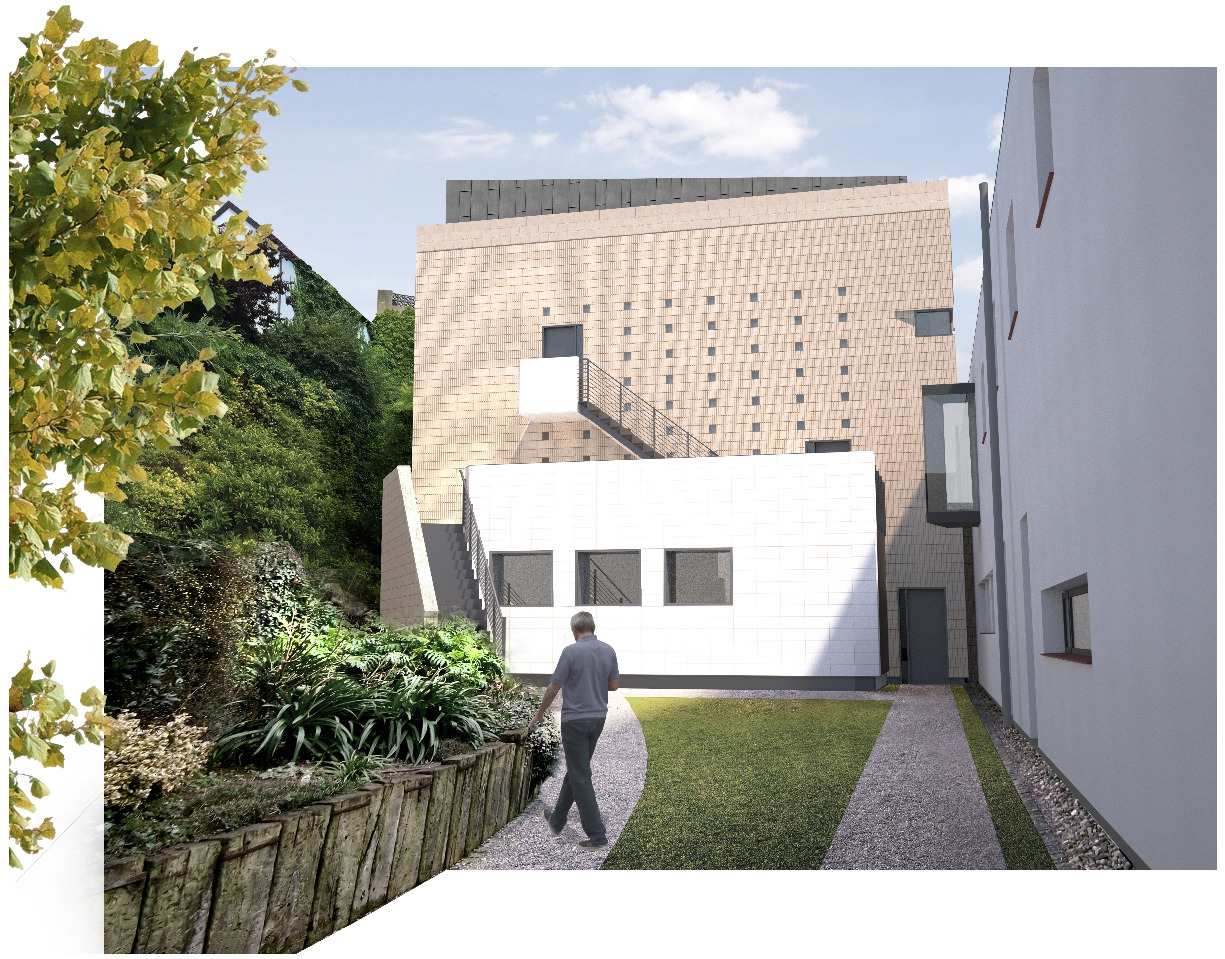The £3.5 million extension to the Island’s national repository will see the award-winning building’s capacity double in size, providing storage for important paper and digital records for approximately 25 years.
The Assistant Minister with responsibility for Culture, Deputy Murray Norton, described the project as an important investment for the people of Jersey. He said “Records management is a statutory responsibility for good reason – these documents provide material for future historians to interpret how we lived, loved and died, and they show the important legal and financial decisions our society made in the course of that journey. Creating more space at Jersey Archive is desperately needed if we are to tell our Island story effectively to future generations.”
The introduction of Jersey’s Freedom of Information Law has seen a significant number of States records passed to Jersey Heritage for archiving. Although there should ultimately be a decline in paper documents and an increase in digital records, Jersey Heritage’s Archives and Collections Director, Linda Romeril, says the service needs more space in the medium to long term “Archives are a unique and irreplaceable record, telling the stories of the people, places and development of Jersey. The Jersey Archive holds more than 600 years of recorded history and this extension will allow us to continue to collect the official, community and personal records of the Island for many years to come.”
The extension project will follow a new scheme drawn up by BDK Architects [Lead Architects] and Metropolitan Workshop [working with BDK pre-Tender], who built the original archive on the former site of the Clarence Court housing estate. The building received a national award.
The extension will be similarly innovative, making use of the most up-to-date building materials. Construction requires specialist techniques to ensure that it is moisture-free and suitable for records storage. To meet national archive standards, it will have to dry out for six to nine months before it is ready for occupation in 2020.



